MMO Anodes (Mixed Metal Oxide) for Cathodic Protection
MMO Anodes Overview
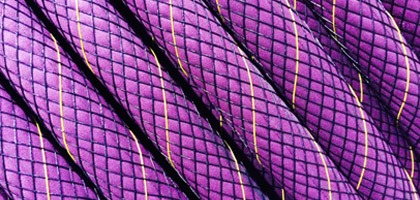
Originally developed to produce chlorine from seawater electrolysis, MMO anodes have been used in cathodic protection (CP) applications since the 1980s. They have continued to gain acceptance in a wide range of applications due to significant advantages.
MMO Anode Advantages
- Demonstrated reliability
- Exceptionally long life
- Available in numerous anode configurations
- Light weight
- Low cost
MMO anodes have imperceptibly low wear rates and are often referred to as Dimensionally Stable Anodes as they do not change geometry over time. MMO anodes are quickly becoming the most popular impressed current anode gaining market share over conventional anodes such as graphite and high silicon cast iron.
What is mixed metal oxide?
There is no precise industry definition for “mixed metal oxide.” Each supplier has a unique recipe for their mixed metal oxide coating. The coating recipe consists of an electro catalytic conductive component that catalyzes the reaction to generate current flow, and bulk oxides (cheaper fill materials) that prevent corrosion of the substrate material. For cathodic protection applications two primary electrocatalysts are used:
-
Ruthenium Oxide (RuO2)
Ruthenium oxide, which is the cheaper of the two electrocatalysts, should only be used in chlorinated environments (sea water). The catalytic life is significantly reduced when the primary reaction is the evolution of oxygen (fresh water, soil, coke backfill and concrete environments).
-
Iridium Oxide (IrO2)
Most CP manufacturers use Iridium Oxide based mixed metal oxide for their cathodic protection anodes because it is suitable for both chlorinating and oxygenating environments. The bulk oxides are typically a mixture of Titanium Dioxide (TiO2) and Tantalum Oxide (TaO5). Their primary purpose is to provide an oxide film over the substrate material to prevent corrosion of the substrate.
MMO Coated Titanium Anodes
Mixed metal oxide anodes are applied over a commercially pure titanium substrate. Titanium offers several key advantages as a substrate:
Titanium MMO Anode Advantages
- Titanium is readily available in commercially pure form
- Excellent adherence properties with proper surface preparation
- Lightweight
- Outstanding mechanical strength
- Outstanding chemical resistance to highly acidic conditions – typical for oxygen and chlorine evolving environments common in many cathodic protection applications
Commercially pure titanium is available in a range of grades. For MMO anodes, Grades 1 and 2 are used for MMO anodes. Grade 1 titanium is slightly more malleable than Grade 2 titanium but is also less commonly used in industry. The specifications for Grade 1 and Grade 2 are very similar and overlap so that often the same material meets the requirements of both Grade 1 and Grade 2 and can be dual certified. There is no “better” between Grade 1 and Grade 2 – they can be used interchangeably with no impact on performance.
When first used as an anode substrate, there were significant, although unfounded, concerns over the potential for the titanium to exceed its “break down” voltage. Bare titanium when polarized above 8 to 9 volts in seawater (or above 10 volts in soil or coke backfill) is subject to intense oxygen evolution of the titanium surface resulting in passive film break-down and dissolution (pitting corrosion) of titanium. The concerns led some to believe that any anode operating with more than 8-10 volt power supplies could be at risk of damaging the anode. This does not take into consideration the role of the highly conductive electrocatalytic oxide and the protective oxide films that make up the MMO coating. Unless the catalytic coating is significantly damaged or consumed, the titanium substrate never sees sufficient polarization to reach the break down voltage for dissolution. The titanium merely acts as a conductor.
For MMO wire anodes, some suppliers utilize a bimetallic substrate with a thin layer of titanium extruded over a copper core. The use of copper cored titanium wire is primarily a cost consideration as much of the titanium content found in solid titanium wire is replaced with a lower cost copper material. Additionally, there is a modest improvement in the conductivity of the wire as copper is a better conductor. However, the use of a copper cored wire increases the anode substrate’s susceptibility to corrosion and chemical attack in a highly acidic environment since copper does not have the same high resistance as titanium.
MMO Anode Manufacturing Process
The typical manufacturing process for MMO anodes starts with surface preparation of the substrate by thoroughly cleaning the commercially pure titanium. This is followed by a chemical etching and in some cases mechanical abrasion of the surface. Once the substrate surface preparation is complete, the coating is applied as a mixture of metal salts and then thermally decomposed at temperatures ranging 400 to 600 °C. This forms an adherent layer of mixed metal oxides. The MMO coatings can be applied in many layers and heat treated after each coat to achieve the desired coating loading to meet the current capacity requirements for the application.
MMO Anode Life Calculations
In 2008, NACE adopted its standard test method TM 0108 for “Testing of Catalyzed Anodes for Use in Soils or Natural Waters.” This standard provides guidelines for establishing the predictive operating life of a given MMO coating mixture by subjecting samples of the coating to high current discharge in a controlled sodium sulfate solution and operating until failure. By plotting these results on a log-log plot it is possible to extrapolate the anode life at the lower current densities used in cathodic protection. The generation of the test curve can take several months of testing and is not suitable for individual anode testing. It is intended to provide a life curve for the coating mix that can then be applied to a given MMO anode based on coating loading and current output.
MMO anodes are typically rated for a given output and life, for example 5 amps at 20 years. Within the normal range of current discharge for MMO anodes, this relationship is linear. The same 5 amp anode rated for 20 years of service would provide 40 years if only operated at 2.5 amps.
MMO Anode Reactions
Conventional anodes (magnesium, high silicon cast iron, aluminum, graphite, etc.) generate current flow through reactions that include the anode itself as a primary reactant. These anodes are physically consumed from their initial moment of operation up until the anode mass has been used up and can no longer continue to fuel the reaction. Mixed metal oxide anodes, however, are not themselves reactants in the process of generating current in a cathodic protection system. They operate as electrocatalysts that cause the reaction to occur while not actually participating in the reaction. With electrocatalysts such as iridium and ruthenium oxide, over time the catalyst is subject to both physical wear rate and passivation of the active element. These catalysts have a finite but predictable operating life.
The predominate reactions in seawater, soil and coke backfills are as follows:
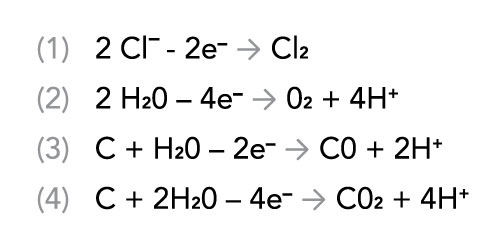
Typically, in an electrolyte containing chlorides, first oxygen and then chlorine would be generated. The generation of oxygen versus chlorine depends on a number of parameters including thermodynamics (oxygen discharge is preferred), kinetics, ionic concentration, the ratio of chlorides to other anions, mass transport (migration, diffusion and convection due to liquid flow) and applied current density.
One important note is that from a thermodynamic state, reactions (3) and (4) are strongly favored where coke backfills are involved. This can be important in confined areas such as under tank bottoms, where the evolution of oxygen creates a strong depolarizing effect on the structure when bare MMO anodes in sand/soil are used. When the MMO anode is packaged in coke backfill the generation of oxygen is minimized.
Summary
Mixed metal oxide based electrocatalytic anodes are a different type of anodes when compared to conventional anodes. These anodes are dimensionally stable, long life anodes that are not consumed during the process of generating cathodic protection current. The use of iridium oxide (IrO2) is preferred for all cathodic protection applications. Ruthenium based MMO should be avoided for cathodic protection applications except those in highly chlorinated environments (seawater). The concern over substrate failures resulting from titanium polarization exceeding the substrate break down voltage have been proven to be unfounded. MMO anodes continue to gain market acceptance and are quickly replacing conventional anodes in a wide range of applications.
MATCOR has been at the forefront of MMO anode technology for over 40 years. The benefits of MMO anodes are built into all of our core cathodic protection anode products, as shown in the following table.
| MATCOR Products Featuring MMO Anode Technology | ||
| SPL™-FBR-Anode |  | Pipelines, beneath ASTs and congested areas |
| SPL-SandAnode™ |  | Beneath ASTs with very little clearance |
| Iron Gopher® | 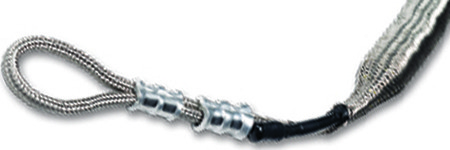 | Horizontal directional drilling (HDD) applications |
| SPL™-INT-Anode |  | Internal pipeline protection |
| SPL™-Braid-Anode | 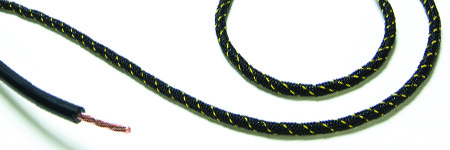 | Special applications, water wells, industrial environments |
| SPL™-HDPE-Anode |  | Marine environments, concrete and special applications |
| Durammo® Deep Anode System |  | Pipelines, wells, plants and other infrastructure assets |
| MATCOR MMP™ Anode |  | Underground applications including pipelines, storage tanks, and other buried structures |
| MATCOR Sea-Bottom™ Sled Anode | 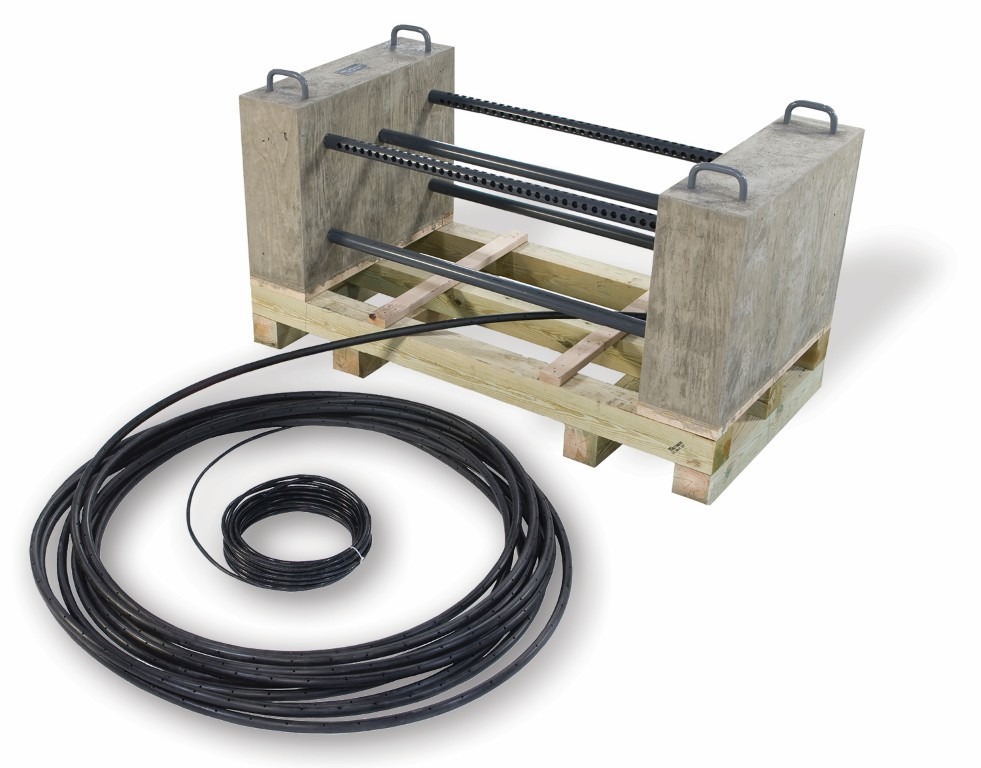 | Cathodic protection of docks, piers, pilings and other marine structures in all types of water |
| MATCOR Orb™ Marine Anode |  | Marine applications |
| MATCOR PW® Marine Anode |  | Marine environments including docks, piers, platforms, and submerged structures |
| MATCOR PF® Anode |  | Cathodic protection for water tanks, water wells and other aqueous environments |
| MATCOR Probe Anodes |  | Impressed current cathodic protection systems for water boxes, internal surfaces of pipelines, vessels and other industrial applications |
Contact us to learn more about our products that take advantage of MMO anode technology.
Contact a Corrosion Expert





